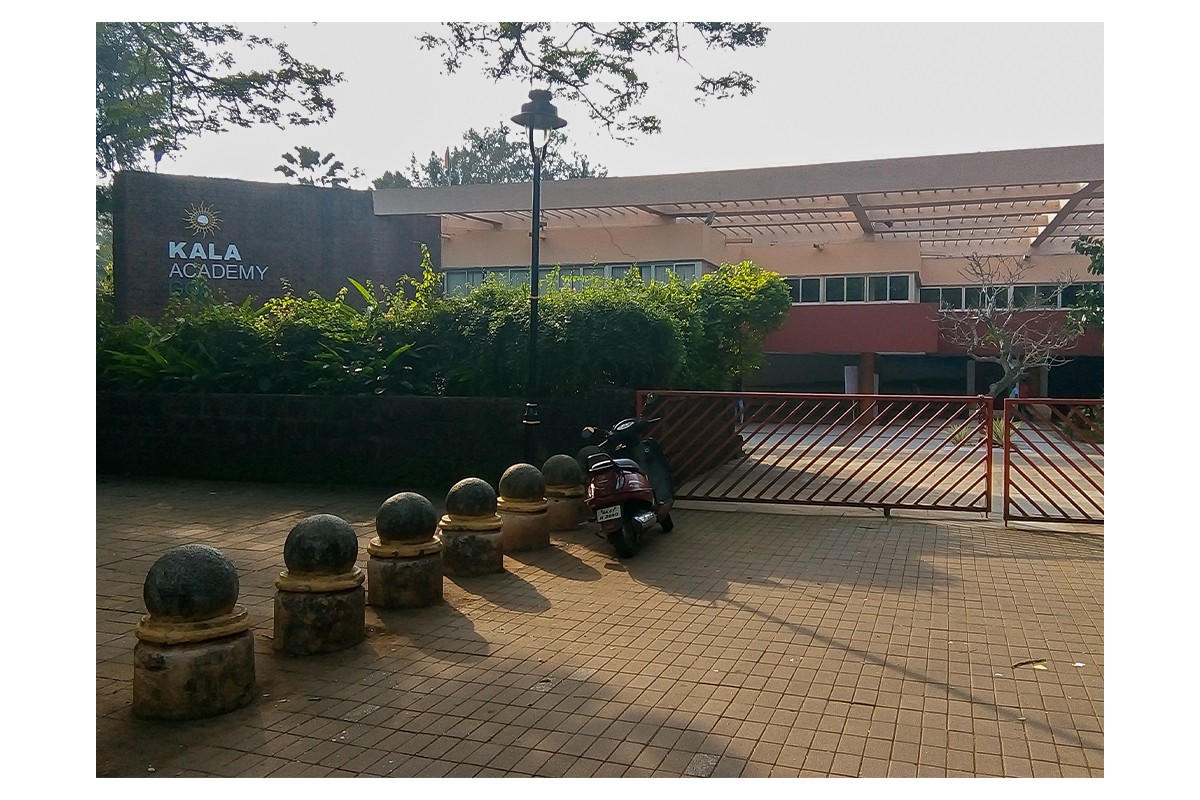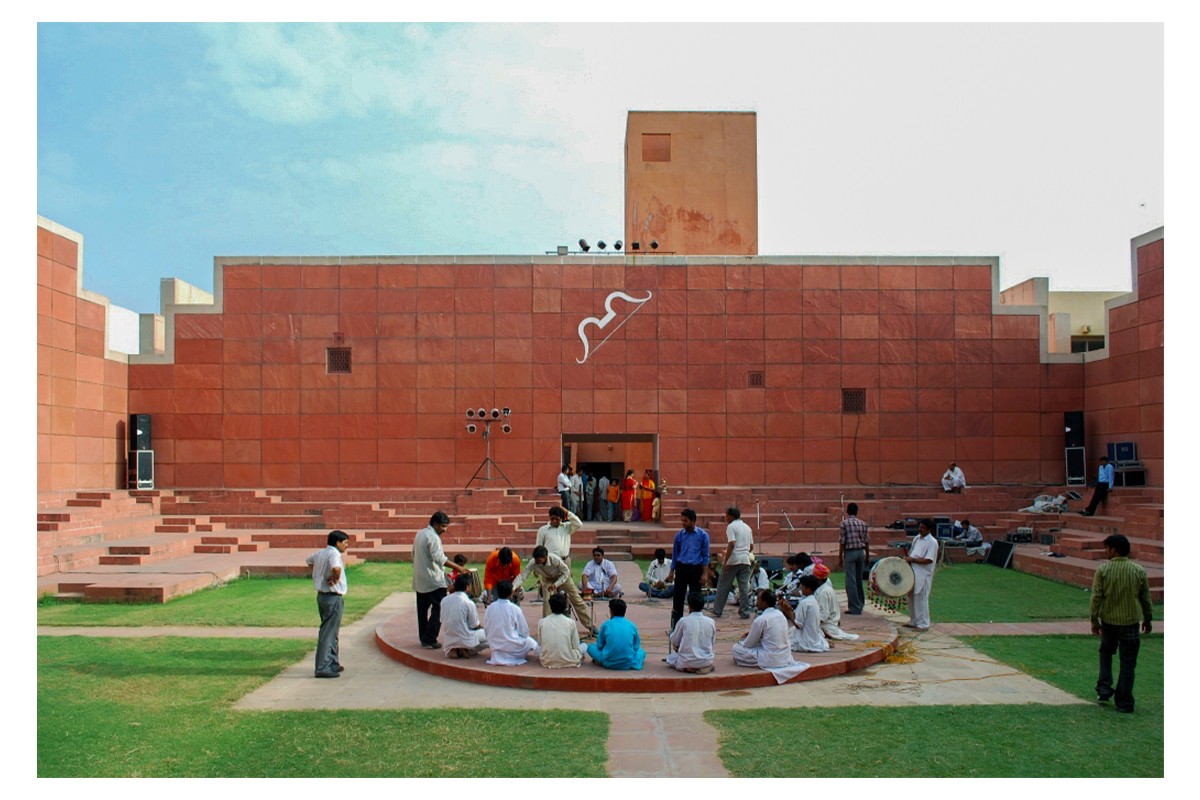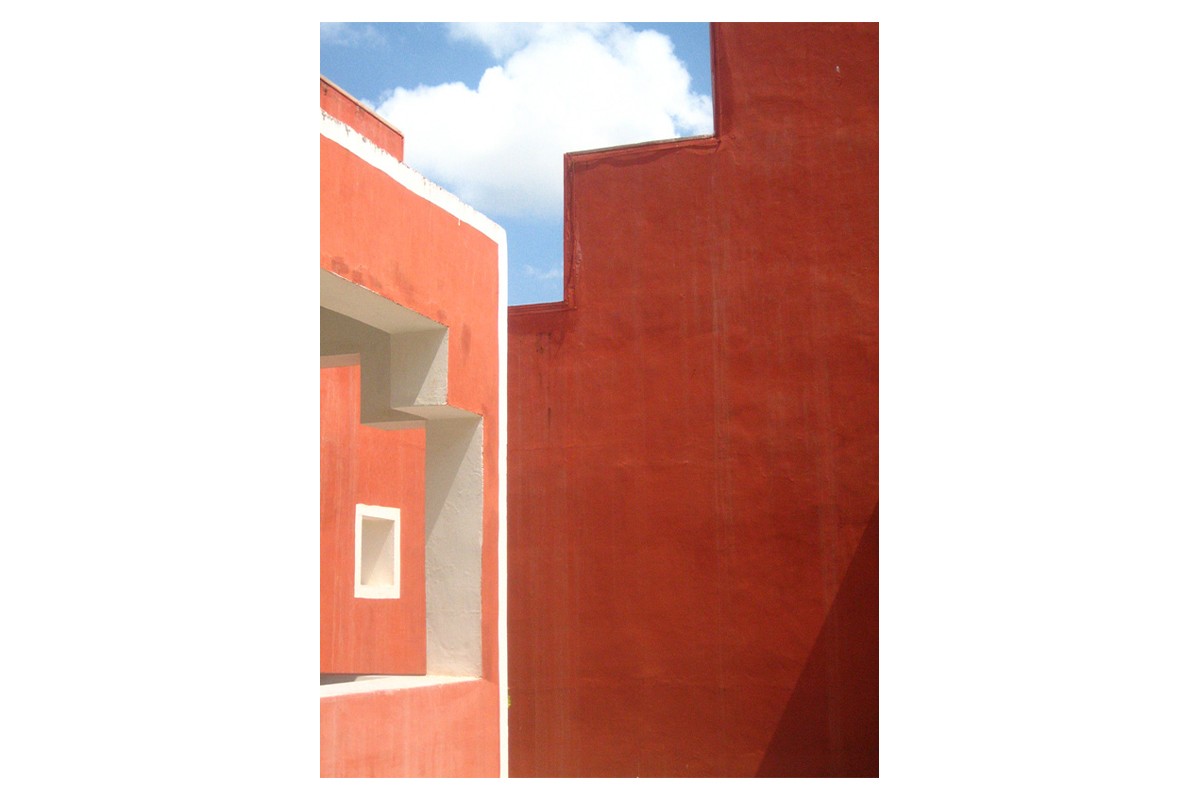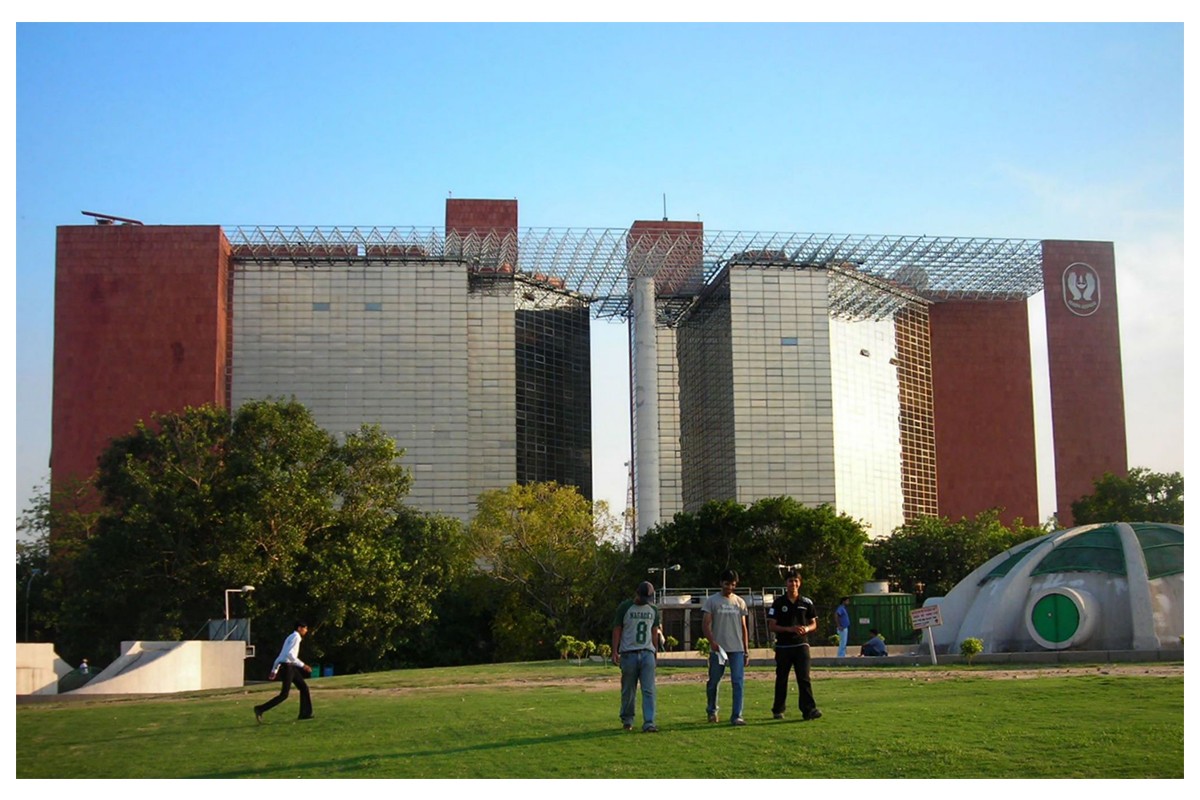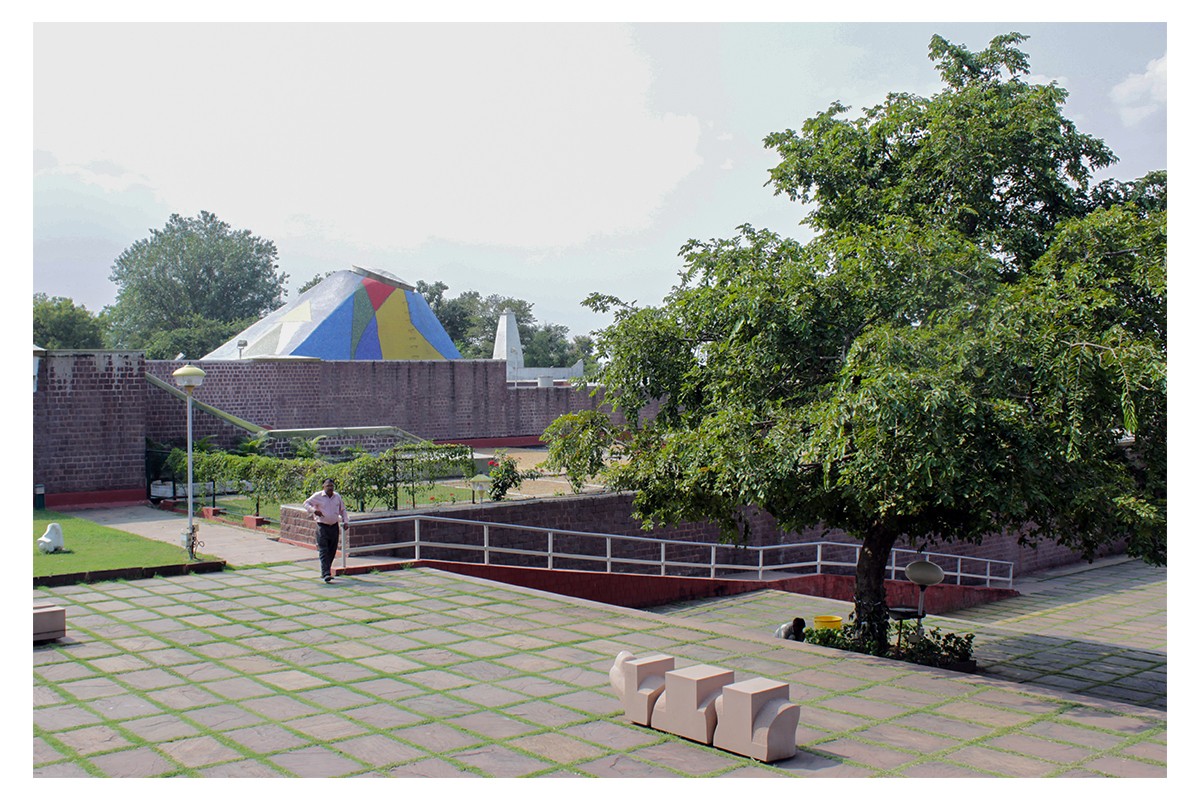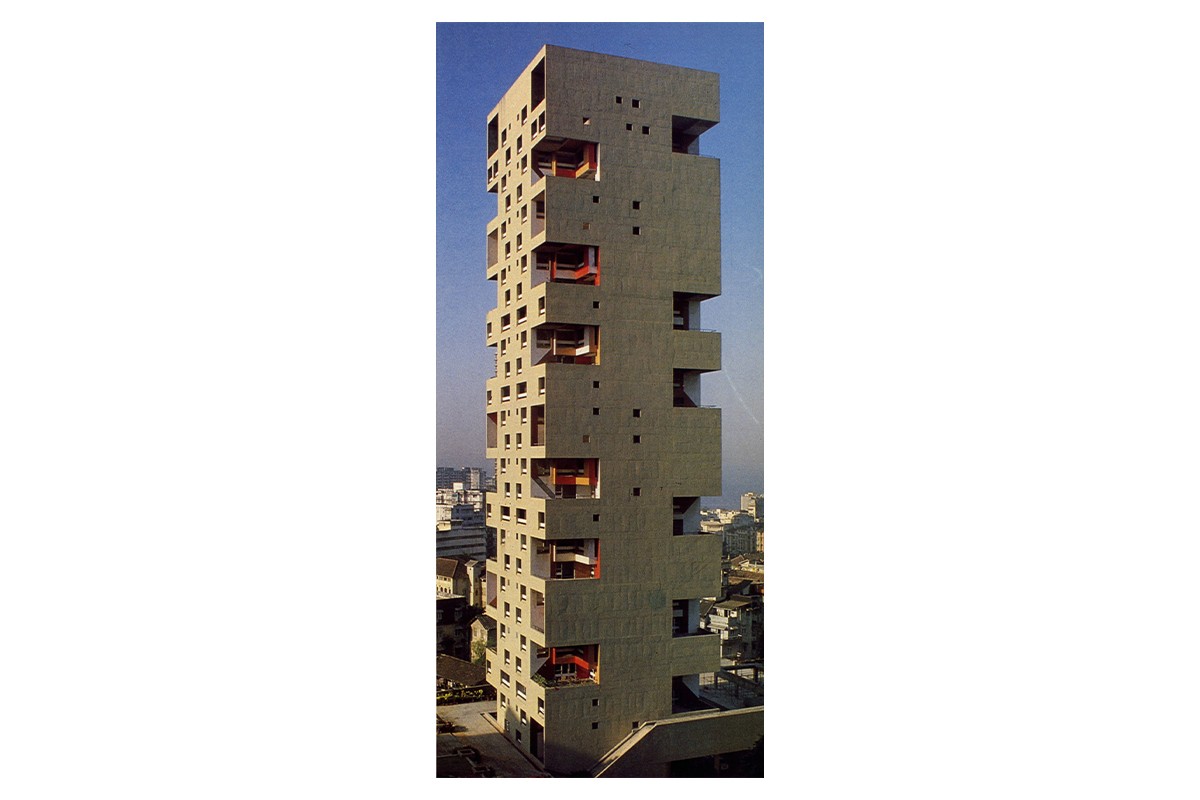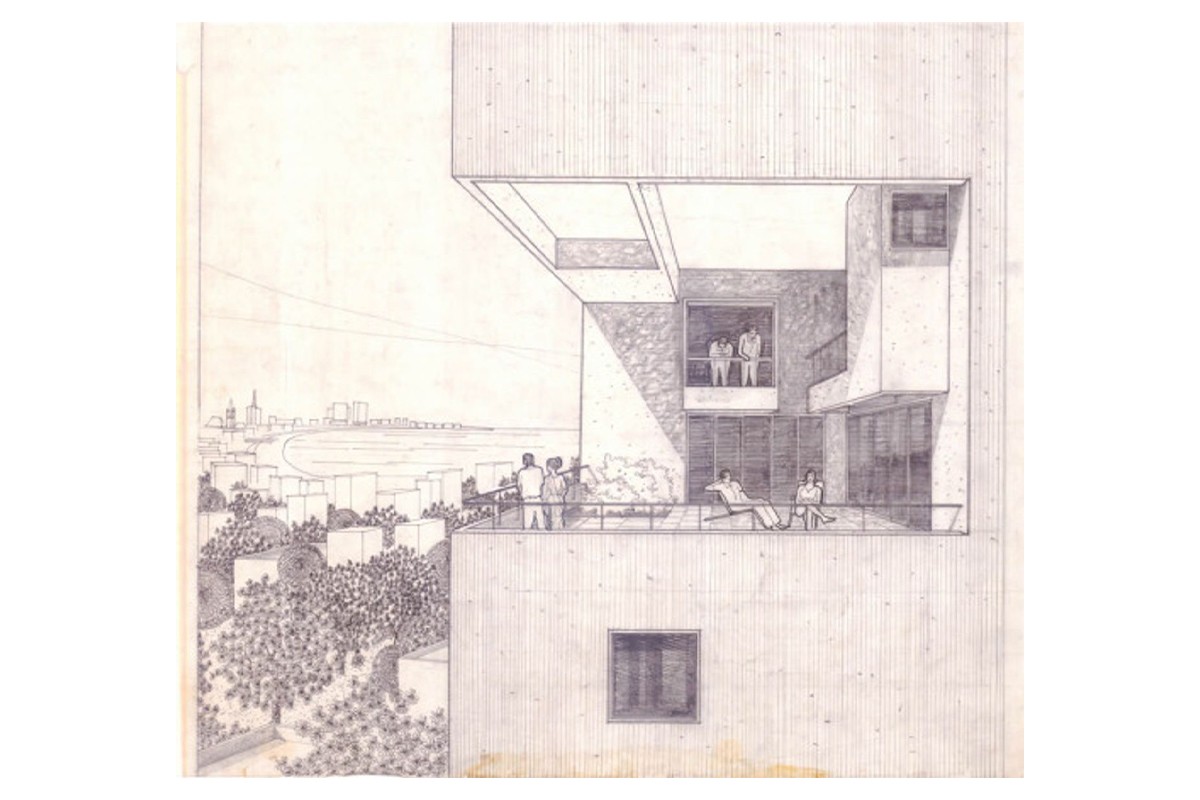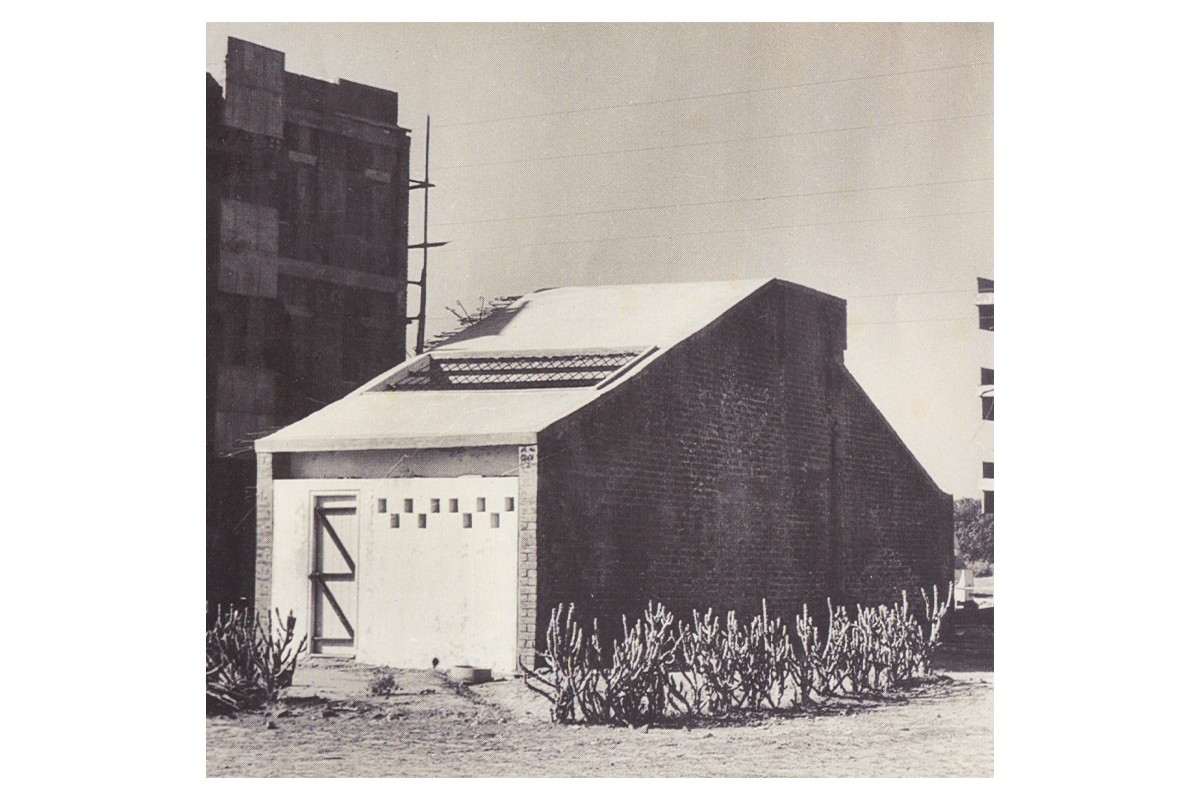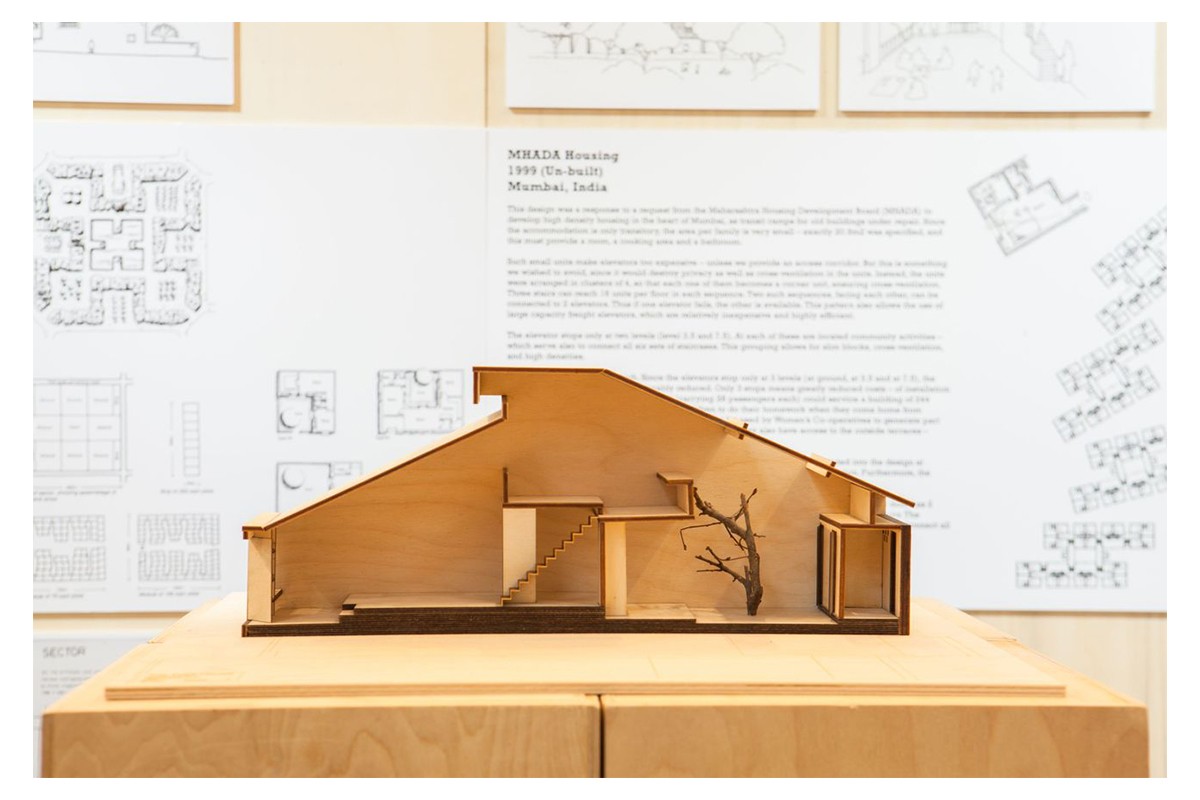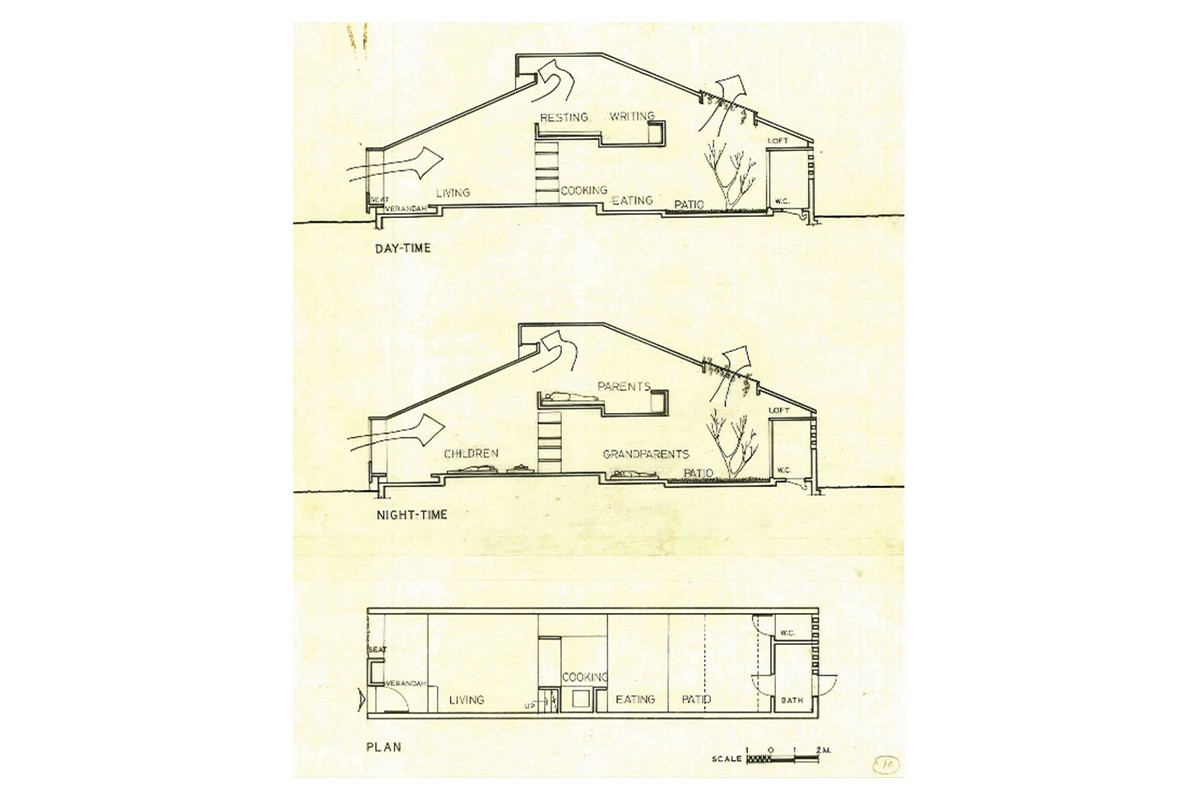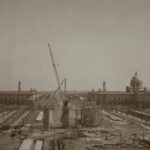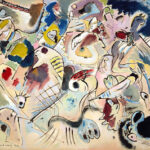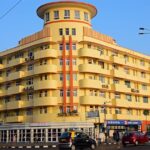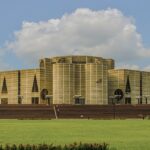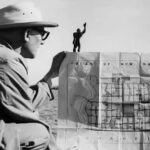Charles Correa Passes Away
2015
The death of one of India’s most celebrated Modernist architects and urban planners, at the age of 84, marks the end of a six-decade-long career. Charles Correa is known for his versatility, with an oeuvre that has ranged across public structures, luxury homes and affordable housing, and for adapting Modernist aesthetics to traditional Indian building techniques and home design. His work has prioritised low-rise structures with insulation and ventilation appropriate to the local climate, and frequently featured central green spaces or water bodies surrounded by shaded colonnades, as exemplified by projects such as the Gandhi Memorial Museum at the Sabarmati Ashram in Ahmedabad (1958), the Kala Academy in Panjim (1970) and the Jawahar Kala Kendra in Jaipur (1992). Another institutional project, the Bharat Bhavan in Bhopal (1982), spreads several structures over a large area with walking paths and outdoor seating. These concerns are also seen in his award-winning proposal for replicable low-cost housing, the two-storey Tube House in Ahmedabad (1962), which uses natural air convection for cooling and creates multi-use spaces with the minimal use of internal walls and doors.
Where space is at a premium, as in densely populated cities, his designs have allowed for natural light and open spaces through terraces and strategically placed windows, for example, in the Sonmarg (1966) and Kanchanjunga apartment (1983) projects in Bombay (now Mumbai). For the Life Insurance Corporation of India building in New Delhi (1986) — an exception to Correa’s avoidance of tall glass and steel structures — he used these materials with a Modernist reimagination of red sandstone and vast space-frame pergola for insulation and shade. As an urban planner, Correa is known for overseeing the design of Navi Mumbai at the start of the project between 1970 and 1975, intended to be a consciously built, less congested and financially sustainable extension of Bombay, albeit not realised as such due to larger infrastructural and bureaucratic challenges. Analysts cite the lack of will among local municipal corporations to build better public transport into the area, or to provide the local population with affordable housing, as the primary reasons for the slow migration of people into Navi Mumbai.
In 2013, Correa donated his documents, architectural drawings, unrealised plans and other materials to the Royal Institute of British Architects (RIBA), which hosted a retrospective exhibition of his work and ideas in the same year, titled Charles Correa: India’s Greatest Architect.
Bibliography
“A Case for Protecting Our 20th Century Heritage.” Charles Correa Foundation Newsletter 5 no. 1 (July-September 2021), 1–4. https://charlescorreafoundation.org/wp-content/uploads/2021/11/Newsletter-5.0.pdf.
Charles Correa Foundation.“House at Koramangala.” March 13, 2022. Accessed January 5, 2024. https://charlescorreafoundation.org/2022/03/13/house-at-koramangala/.
Charles Correa Foundation. “Jeevan Bharti.”. March 12, 2022. Accessed January 5, 2024. https://charlescorreafoundation.org/2022/03/12/jeevan-bharati/.
“Charles Correa: India’s Greatest Architect.” ArchDaily. May 15, 2013. Accessed January 5, 2024. https://www.archdaily.com/373265/charles-correa-india-s-greatest-architect.
Ching, Francis D. K., Mark M. Jarzombek, and Vikramaditya Prakash. A Global History of Architecture. Hoboken, NJ: John Wiley & Sons, 2010.
Davey, Peter. “Belapur Housing in Navi Mumbai, India by Charles Correa.” The Architectural Review. October 19, 1985. Accessed January 5, 2024. https://www.architectural-review.com/essays/belapur-housing-in-navi-mumbai-india-by-charles-correa.
Khaleed, Ashraf K., and Belluardo James. An Architecture of Independence : The Making of Modern South Asia. New York: Architectural League of New York, 1998.
Pagnotta, Brian. “AD Classics: Kanchanjunga Apartments / Charles Correa.” ArchDaily, August 12, 2011. Accessed January 5, 2024. https://www.archdaily.com/151844/ad-classics-kanchanjunga-apartments-charles-correa.
Pal, Deepanjana. “Remembering Charles Correa: Iconic Indian Architect Who Would Never Design a ‘Glass Building’.” Firstpost. June 18, 2015. Accessed January 5, 2024. https://www.firstpost.com/living/remembering-charles-correa-iconic-indian-architect-who-would-never-design-a-glass-building-2299456.html.
Ronca, Daniele. “Jawahar Kala Kendra.” Architectuul, October 10, 2020. Accessed January 5, 2024. https://architectuul.com/architecture/jawahar-kala-kendra.
Ronca, Daniele. “Tube Housing.” Architectuul, September 25, 2020. Accessed January 5, 2024. https://architectuul.com/architecture/tube-housing.
Torus, Belinda. “Charles Correa’s Housing Language.” Archi-Cultural Translations through the Silk Road: 2nd International Conference, Mukogawa Women’s University, Nishinomiya, Japan, July 14–16, 2012; Proceedings (2012). https://www.mukogawa-u.ac.jp/~iasu2012/pdf/iaSU2012_Proceedings_404.pdf.
Vijapurkar, Mahesh. “Navi Mumbai was Charles Correa’s Dream: Here’s How It Turned into a Nightmare.” Firstpost, June 18, 2015. Accessed January 5, 2024. https://www.firstpost.com/india/navi-mumbai-was-charles-correas-dream-heres-how-it-turned-into-a-nightmare-2301976.html.
Feedback 
This entry appears in
Art in South Asia
Visit Timeline
Associated Timeline Events
First Published: March 11, 2024
Last Updated: August 6, 2024




